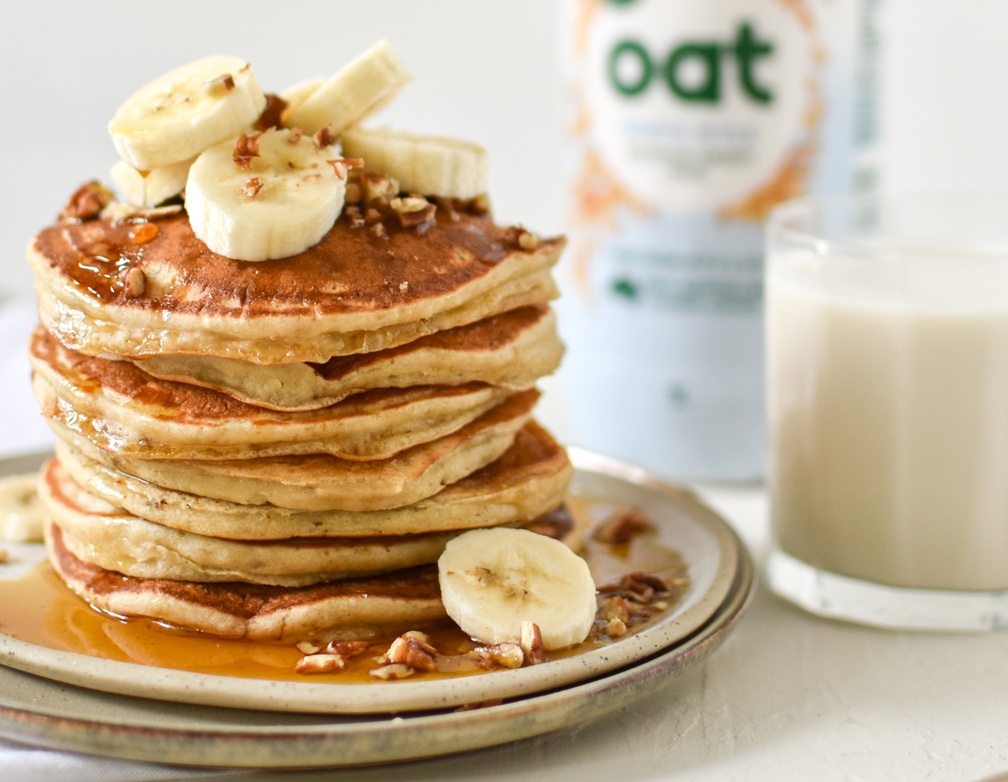Why tracking calories and macros is crucial for achieving your body transformation goals

As experts in the fitness space, we often hear clients asking about calories and macros. These terms are commonly used in the world of nutrition, but not everyone understands what they mean or how they affect our bodies. In this article, we will explain the difference between calories and macros, the importance of each macronutrient, and provide examples of what they might look like in a day on a plate.
First, let's define what calories and macronutrients are. Calories are a unit of measurement used to describe the energy value of food. Every food we eat contains calories, and our bodies use these calories as fuel for all of our daily activities. Macronutrients, on the other hand, refer to the three main types of nutrients that our bodies need to function properly: protein, carbohydrates, and fat. Each of these macronutrients serves a specific purpose and provides us with the energy we need to perform different tasks.
Protein is an essential macronutrient and required for building and repairing muscle tissue, and it also helps to keep us feeling full and satisfied after meals. It also plays a critical role in immune support and recovery as well as supporting hormone production and the regulation of metabolism. Carbohydrates are non-essential but are the body's primary source of energy. Finally, fats are an essential macronutrient and play a key role in keeping our cells healthy and supporting hormone production.
Now that we understand the importance of each macronutrient, let's talk about why and when we should start tracking them. If your client has a specific fitness goal in mind, such as losing fatt or building muscle, tracking their calories and macronutrients can be very helpful. By keeping track of how much and what they are eating, you can ensure they are consuming the right amount of each macronutrient to support their goals. For example, someone who prefers walking and the occasional jog for exercise activity will have a different percentage of macronutrients compared with someone who prefers a resistance style of activity such as lifting weights.
So, what might a day on a plate look like when tracking calories and macros? Let's use an example of a female client who is trying to build muscle and needs to consume 2,500 calories per day with a macronutrient split of 40% carbohydrates, 30% protein, and 30% fat.
Breakfast: Oatmeal with banana, almond butter, and protein powder (450 calories, 59g carbs, 28g protein, 13g fat)
Mid-morning snack: Greek yogurt with berries and granola (250 calories, 24g carbs, 22g protein, 8g fat)
Lunch: Grilled chicken breast with quinoa and mixed vegetables (500 calories, 55g carbs, 40g protein, 12g fat)
Afternoon snack: Apple with peanut butter (200 calories, 22g carbs, 5g protein, 12g fat)
Dinner: Baked salmon with sweet potato and asparagus (600 calories, 47g carbs, 40g protein, 25g fat)
Dessert: Protein smoothie with banana, spinach, and almond milk (300 calories, 40g carbs, 20g protein, 8g fat)
In this example, the total calorie intake for the day is 2,500, which meets the person's daily needs. Additionally, the macro split is roughly in line with their goals, with a slightly higher percentage of carbohydrates to support energy needs during workouts. By tracking their calories and macros, this person can ensure that they are consuming enough nutrients to support muscle growth and recovery.
In addition to tracking your calorie and macro intake, there are a variety of tools available to help you monitor your clients’ body composition progress. One such tool is the Evolt 360 body scanner, which can provide a comprehensive analysis of your body composition, including body fat percentage, muscle mass, and even visceral fat levels. By using this kind of technology, you can get a more reliable picture of your progress over time and make adjustments to your client’s diet and exercise routine accordingly. This can be especially helpful for people who are looking to build muscle or lose fat, as it allows you to track changes in their body composition that may not be reflected on the scale alone.
It’s important to understand your daily calorie and macronutrient requirements required to achieve a goal, whether it be fat loss, building muscle mass or maintaining current weight.. Tracking body composition using the Evolt 360 allows you to understand whether the current training and nutrition protocols are providing the desired results.
https://evolt360.com/
The Evolt Education Team
About Evolt
EVOLT is a technology-driven health and wellness company that has created a unified ecosystem for users to track, monitor and assess their overall health and fitness. Its objective is to help users collect and collate data as a baseline to identify overall health status and assess personal risk of lifestyle-caused diseases.
In less than a minute, its medical-grade body scanner machines provide a non-invasive measurement of more than 40 health parameters.
EVOLT is helping everyday Australians discover preventive changes that can have a positive impact over time.





